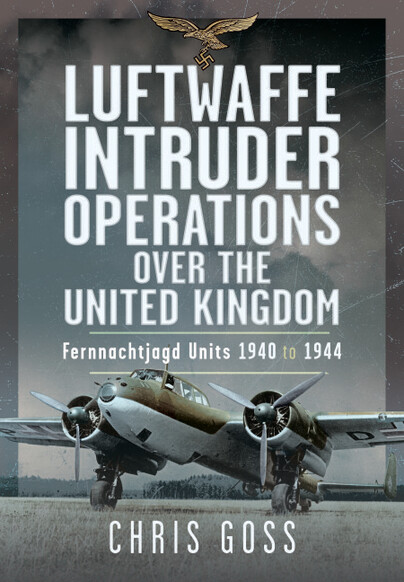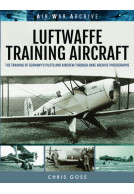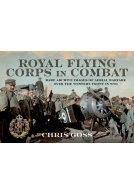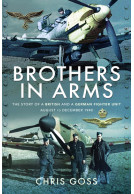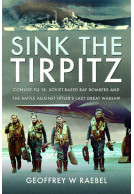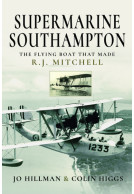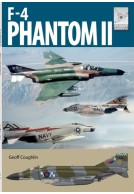Luftwaffe Intruder Operations Over the United Kingdom (Hardback)
Fernnachtjagd Units, 1940 to 1944
Imprint: Air World
Pages: 224
Illustrations: 180 mono illustrations
ISBN: 9781036111151
Published: 29th July 2025
(click here for international delivery rates)
Need a currency converter? Check XE.com for live rates
On 17 July 1940, Oberst Josef Kammhuber took command of the Luftwaffe’s 1 Nachtjagddivision after his release from French captivity. He was tasked with combating RAF bombers, which were increasingly threatening Germany during the Battle of Britain. Kammhuber’s strategy, the Fernnachtjagd (long-range night fighter missions), focused on targeting bombers while they were vulnerable during takeoff and return to bases.
Kammhuber believed that converted German bombers like the Dornier Do 17Z and Junkers Ju 88, flown by experienced crews, would be ideal for these missions. The first claims from Fernnachtjagd occurred on 23 July 1940, when Luftwaffe pilots mistakenly shot down a Bristol Blenheim, thinking it was a Vickers Wellington. These night missions continued over the next few years, with varying success.
By 1942, the campaign shifted to a “stopgap” phase, and the introduction of the Messerschmitt Me 210 and Me 410 marked further changes in the tactics and aircraft used. While Fernnachtjagd operations had some impact in 1941, by 1944, their effectiveness had diminished. Notably, during the Allies' Berlin raid on 19 February 1944, the Luftwaffe claimed more RAF bombers than the entire Me 410 campaign achieved in 14 months.
The increasing Bomber Command night bombing campaign saw the Luftwaffe recognise that an effective means of defence was to attack the bombers over Britain resulting in the creation of the Fernnachtjagd (long range night fighter) role that initially. This initially fell to converted bombers such as the Dornier Do 17Z-10 and Junkers Ju 88C, but later the faster Messerschmitt Me 410 was fielded. Operations began in the summer of 1940 and are described in detail in this well researched account. As may be expected from this notable researcher on the wartime Luftwaffe it is packed with detail and personal or contemporary accounts. Indeed, almost a third of the pages are dedicated to 15 appendices listing for example every claim and loss. The narrative is accompanied by a plethora of rare and relevant images of both the crews and aircraft involved as well as some of the RAF night fighters tasked with countering the menace. This is book that will appeal to both the general reader and enthusiast alike.
Andrew Thomas - Author and Historian
In Chris Goss' latest and highly researched book, he reveals the story of these raids and the crews who flew them. Accompanied by a great collection of photographs it has made for a fascinating read on a subject that has rarely been covered before.
History Book Chat
A highly recommended read that I shall definitely be adding to my collection.
Read the full review here
About Chris Goss
After a 32-year career in the RAF and three years working for a civilian company as its Head of Operations, Chris Goss is now a full-time aviation author and military historian. He is the author of over 50 critically acclaimed books covering aspects of the World War II air war over North- West Europe. He is a historical consultant for a number of major projects, such as the recovery of the Dornier 17 by the RAF Museum and Commonwealth War Graves Commission, and for TV channels such as The History Channel and Channel 5's The Battle of Britain: 3 Days that Saved a Nation.







